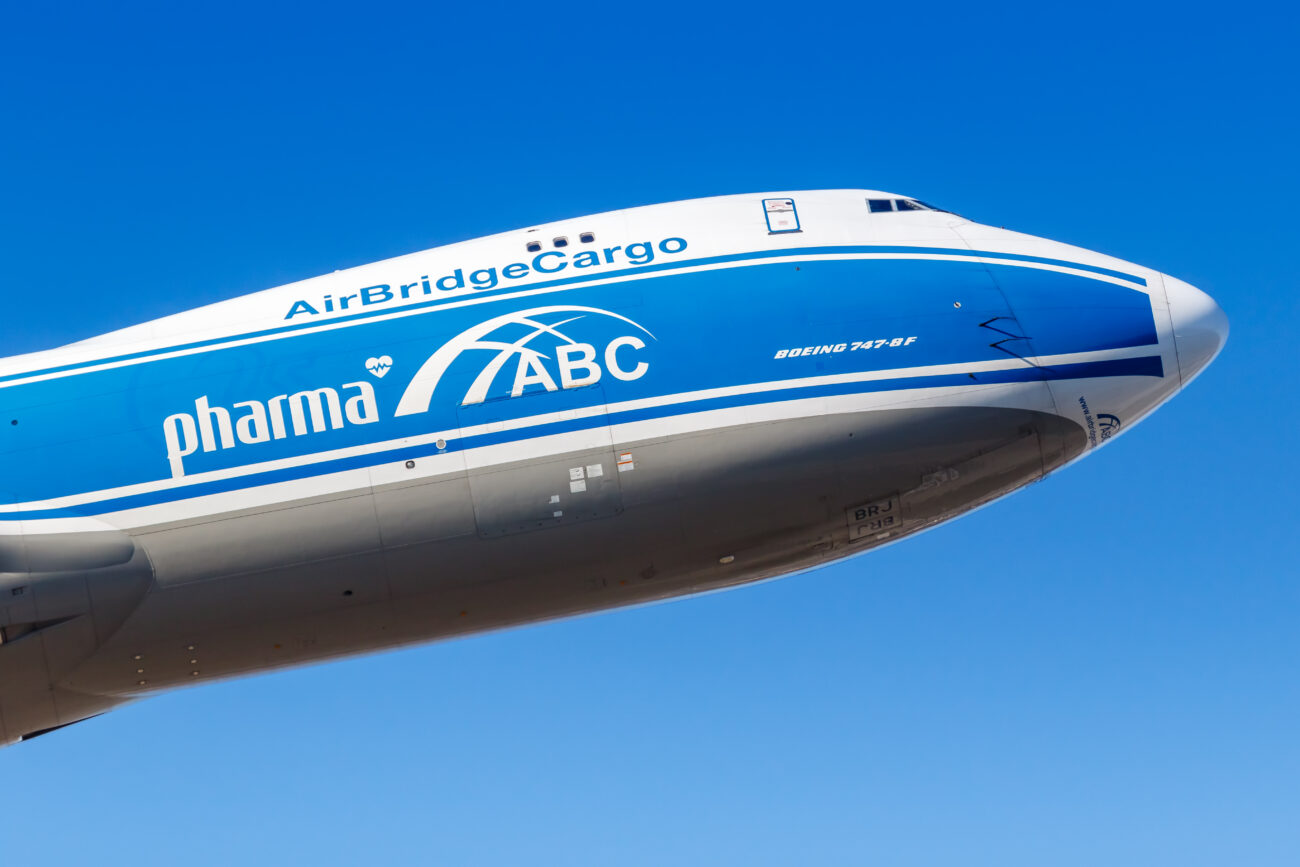Temperature-Controlled Logistics: Best Practices for Cold Chain Management
As global demand for temperature-sensitive pharmaceuticals, biologics, and perishable goods surges, temperature-controlled logistics — also known as cold chain management — has become a critical pillar in global supply chains. From vaccines and insulin to

As global demand for temperature-sensitive pharmaceuticals, biologics, and perishable goods surges, temperature-controlled logistics — also known as cold chain management — has become a critical pillar in global supply chains. From vaccines and insulin to high-value cell and gene therapies, ensuring that products are kept within strict temperature ranges from production to point of use is essential for efficacy, safety, and regulatory compliance.
This article explores the best practices in cold chain management that companies should adopt to maintain product integrity, reduce waste, and enhance supply chain resilience.
Why Cold Chain Management Matters
Cold chain logistics involves the transportation and storage of goods that must be kept within a defined temperature range — typically between 2°C and 8°C, though some may require ultra-cold conditions below -70°C. Failure to maintain these conditions can result in:
- Loss of product efficacy or shelf life
- Regulatory non-compliance
- Significant financial loss
- Risk to patient safety
According to the World Health Organization, up to 25% of vaccines are degraded due to improper transport, underscoring the high stakes involved.
Best Practices for Cold Chain Success
1. End-to-End Visibility with IoT and Real-Time Monitoring
Modern cold chains leverage Internet of Things (IoT) sensors and cloud-based platforms for real-time tracking of temperature, humidity, and shock. These tools:
- Provide instant alerts if temperature thresholds are breached
- Enable proactive intervention before product spoilage occurs
- Offer data logs that support audits and regulatory reporting
Companies like DHL and FedEx have integrated such systems into their logistics networks to ensure transparency and accountability.
2. Packaging Innovation
Advanced insulated packaging systems — such as phase-change materials (PCMs) and vacuum-insulated panels (VIPs) — can maintain stable temperatures over longer durations. Best practices include:
- Using validated packaging for specific transit durations
- Selecting packaging based on product sensitivity and external conditions
- Employing tamper-evident seals to ensure integrity
Reusable thermal packaging also supports sustainability goals while maintaining performance.
3. Risk-Based Route Planning
Route planning should account for weather conditions, customs delays, and last-mile delivery challenges. Some key practices include:
- Creating contingency plans for rerouting and delays
- Mapping high-risk zones and avoiding them when possible
- Partnering with carriers experienced in cold chain logistics
Utilizing AI-based route optimization tools can further reduce risks and delivery times.
4. Standard Operating Procedures (SOPs) and Training
Cold chain integrity relies not only on technology but also on people. Clear SOPs and rigorous training programs help ensure:
- Proper handling during loading/unloading
- Correct usage of temperature-controlled storage
- Immediate response in case of excursions
Every stakeholder — from warehouse personnel to last-mile couriers — must be well-trained and aligned.
5. Regulatory Compliance and Documentation
Compliance with Good Distribution Practices (GDP), FDA regulations, and international standards such as IATA’s Temperature Control Regulations (TCR) is non-negotiable. This entails:
- Proper qualification of storage and transport systems
- Documented validation protocols
- Maintaining auditable temperature logs and chain-of-custody records
Failure to comply can lead to fines, recalls, or loss of product certification.
Future Outlook: Automation and Blockchain
The future of cold chain management lies in increased automation and digital trust. Robotics and automated storage systems can reduce human error, while blockchain technology can create immutable records for every step in the supply chain — from factory to pharmacy.
Temperature-controlled logistics is no longer a back-office operation — it’s a strategic differentiator in healthcare, food, and biotech industries. By embracing digital tools, innovating packaging, ensuring compliance, and training personnel, organizations can build resilient cold chains that protect products and patients alike. In a world where the efficacy of a drug can hinge on a degree or two, mastering cold chain best practices is mission-critical.






